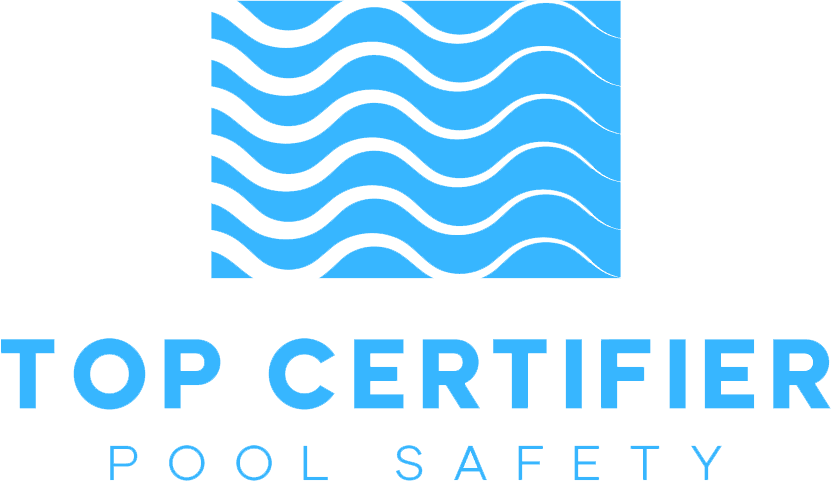Drowning is one of the leading causes of accidental death, particularly among young children, in Australia. While owning a pool is a great source of fun and relaxation, it comes with the critical responsibility of ensuring it is safe. Understanding the common causes of drownings can help you take the necessary steps to protect your family.
1. Lack of Adult Supervision
The Risk: Children can drown in just seconds, and it often happens quietly. Many drowning incidents occur when children are left unsupervised, even for a brief moment.
How to Prevent It: Always ensure that children are actively supervised when they are near or in the pool. Assign a designated “water watcher” during gatherings or parties, and avoid distractions such as using your phone or reading. Children should never be left unattended around water, regardless of their swimming ability.
2. Unsecured or Faulty Pool Barriers
The Risk: An ineffective or non-compliant pool fence is one of the primary contributors to accidental drownings. Gaps in the fence, broken gates, or barriers that are too low can provide easy access to the pool for young children.
How to Prevent It: Ensure that your pool fence is compliant with local regulations. In Queensland, pool fences must be at least 1200mm high, with a self-closing, self-latching gate, and a clear non-climbable zone. Regular inspections and maintenance of the pool barrier are essential to maintaining safety. If you’re unsure whether your fence meets standards, book a professional inspection.
3. Access to Water Without Barriers
The Risk: Children can gain access to a pool, spa, or other water sources if safety barriers are absent or inadequate. This is particularly dangerous for toddlers, who are naturally curious and mobile but often unaware of the risks posed by water.
How to Prevent It: Always secure your pool with compliant barriers that prevent unsupervised access. For homes with young children, ensure that all doors and windows leading to the pool area are either locked or fitted with alarms. For temporary pools or inflatable pools, empty them after use and store them out of reach of children.
4. Lack of Swimming Ability
The Risk: Many drownings occur because individuals—especially children—lack the ability to swim or float. Even strong swimmers can face difficulties in certain situations, such as fatigue, cold water, or panicking.
How to Prevent It: Enroll children in swimming lessons as early as possible. Teaching them water survival skills and how to float can make a significant difference. However, remember that swimming lessons alone are not a substitute for proper supervision and safety measures. Adults should also consider taking swimming lessons if they are not confident swimmers.
5. Absence of Resuscitation Knowledge
The Risk: In an emergency, prompt action can save a life. Lack of CPR knowledge or hesitation to act in a drowning situation can reduce the chances of survival.
How to Prevent It: Learn basic CPR and first aid, and ensure everyone in the household knows what to do in case of an emergency. In Queensland, it’s a legal requirement to display a resuscitation sign in your pool area, which outlines how to perform CPR. This can be a helpful guide in critical moments before emergency services arrive.
6. Alcohol Consumption
The Risk: Swimming or supervising children while under the influence of alcohol or drugs significantly increases the risk of drowning incidents. Alcohol impairs judgment, coordination, and reaction times, making it more difficult to respond to emergencies.
How to Prevent It: Avoid consuming alcohol while swimming or supervising others in the pool. If you’re hosting a pool party, make sure at least one responsible adult remains sober and vigilant, ready to supervise or assist if necessary.
7. Inadequate Pool Safety Equipment
The Risk: Having inadequate safety equipment, such as faulty life-saving devices or no equipment at all, can increase the risk of drowning incidents or hinder rescue efforts.
How to Prevent It: Ensure your pool is equipped with essential safety gear, such as life rings, reach poles, and a resuscitation sign. These should be easily accessible and in good condition at all times.




